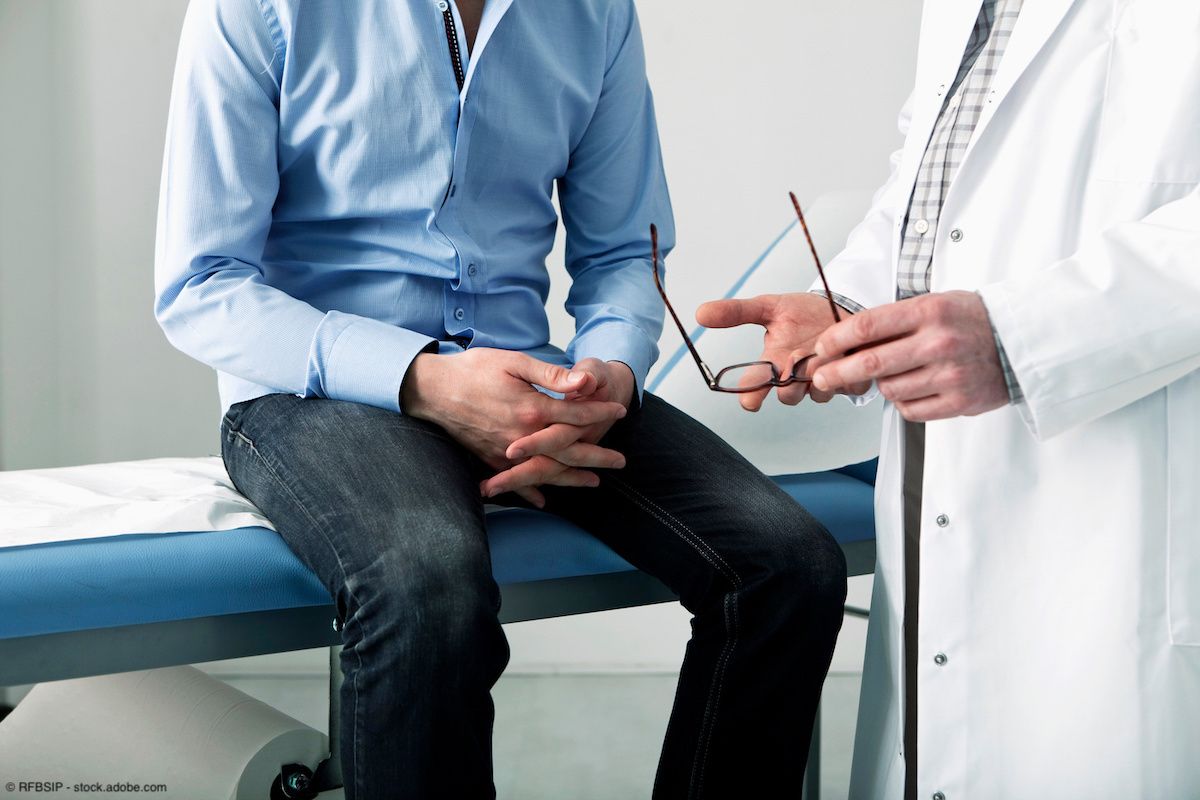News
Article
Ongoing study shows PRP injections may be safe in men with Peyronie disease
Author(s):
Further, men with Peyronie disease treated with PRP injections demonstrated a 25% reduction in curvature at a median of 10 degrees after 6 months.
Molina noted that this is the first human study in the US to evaluate safety and efficacy of PRP in Peyronie disease.

Intralesional injections of platelet-rich plasma (PRP) appeared to be safe in men with Peyronie disease, according to results from an ongoing trial (NCT04512287) presented at the 24th Annual Fall Scientific Meeting of Sexual Medicine Society of North America in San Diego, California.1
In the trial, presented by Manuel Molina, MD, a fellow in men’s health at the University of Miami, no minor or major adverse events, such as penile bruising, swelling, edema, allergy, or penile fracture, were observed.
Among those who were treated with PRP in the first round of treatment in the trial, the investigators saw a 25% reduction in curvature at a median of 10 degrees after 6 months (baseline, 40.0 degrees vs post-treatment, 30.0 degreed; P = .014), while there was no significant improvement in curvature among men treated with placebo. “Furthermore, we did not observe worsening of curvature in subsequent evaluations,” the study authors wrote in the abstract.
The crossover group is currently being evaluated.
“There are limited treatment options [for Peyronie’s disease], including Xiaflex [collagenase clostridium histolyticum], a medical approach, or surgical approach, including [penile] placation, grafting, and implantation,” Molina said during the presentation. “So, in recent years, there has been an increased or trend of utilization of restorative therapy in men's health, including collagenase, PRP, and autologous stem cells.”
Therefore, Molina et al hypothesized that PRP injected into the dominant plaque may improve penile curvature and associated symptoms in men with Peyronie’s disease. “[The growth] factors [in PRP] play a very key role in wound healing, tissue regeneration, and vascular remodeling.”
The investigators reviewed data from April 2021 to October 2023 from a randomized, double blind, placebo-controlled crossover study, designed to evaluate PRP and placebo in 80 men between the ages of 18 and 75 years with curvatures over 20 degrees and less than 120 degrees, with either active or stable effects.
Patients were randomized 1:1 to receive either 2 injections of 0.5 mL PRP or placebo directly into the dominant plaque, with a 2-week interval between injections. After 3 months, patients crossed over to the other treatment arm following the same regimen. At month 3 and 6, assessments included Visual Analogue Pain Scale, and follow-up evaluations focused on identifying complications.
Efficacy data are comprised from penile doppler ultrasounds, curvatures, International Index of Erectile Function Questionnaires, and Peyronie's Disease Questionnaires.
So far, 48 patients have enrolled in the trial—28 patients having completed the trial after 6 months, 16 currently on the trial, and 4 lost to follow-up.
Molina noted that this is the first human study in the US to evaluate safety and efficacy of PRP in Peyronie disease.
Reference
1. Ledesma B, Molina M, Velasquez D, Ramasamy R. Efficacy and safety of platelet-rich plasma injections for Peyronie’s disease: a randomized double-blind placebo-controlled cross-over study. Presented at: 24th Annual Fall Scientific Meeting SMSNA; November 16-18, 2023; San Diego, CA. Abstract 112.
Newsletter
Stay current with the latest urology news and practice-changing insights — sign up now for the essential updates every urologist needs.

















